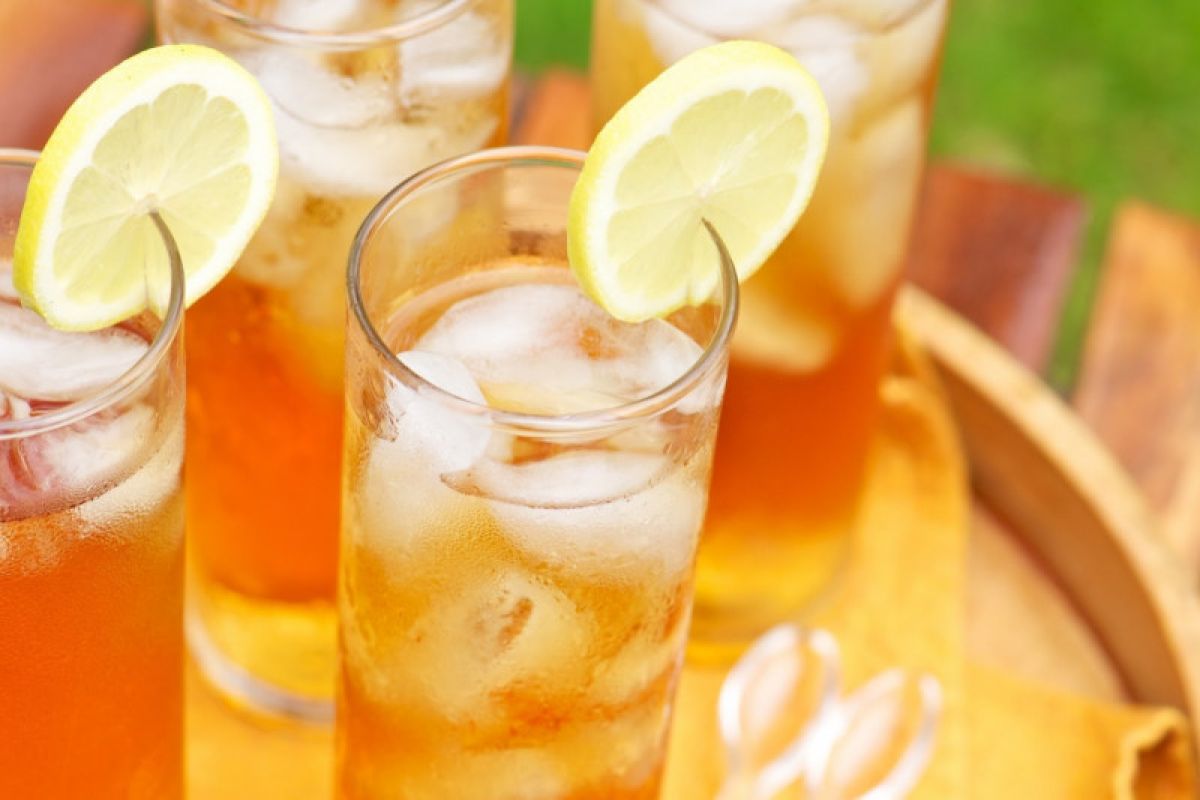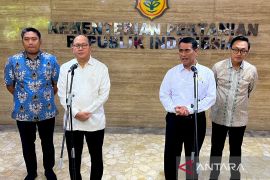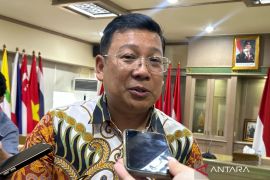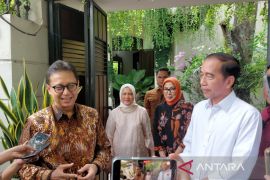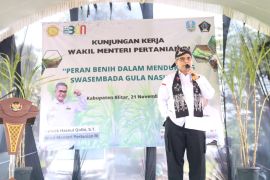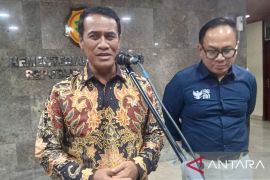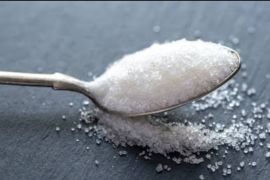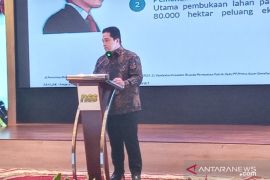The gender that consumes sugar more than 50 grams per day is male, and the highest age group is 19-55 yearsJakarta (ANTARA) - The Food and Drug Supervisory Agency (BPOM) appealed to the public to choose food and beverage products, with the Healthier Option label, to control the intake of sugar.
This logo meant that processed food and beverage products had met the nutritional criteria, such as sugar, fat, and salt content, as compared to similar types of products, BPOM's official Deksa Presiana said in an online discussion, Thursday.
The BPOM supports the efforts to control the intake of sweetened beverage products, specifically those containing high-calorie sugar, Presiana noted.
The agency has regulated the maximum amount of artificial sweeteners that can be consumed and sugar intake per day.
Related news: Rice production pulled Indonesia out of food crisis: official
This is stipulated in BPOM Regulation No. 11 of 2019 on Food Additives.
The agency has also educated producers on the use of artificial sweeteners, she added.
Moreover, the agency has established a policy on warning label for products with artificial sweetener as a cautionary effort in consuming a product.
It also established the mandate to include nutritional content on processed food or food labelling.
With this, consumers may become more aware of nutrition facts, so that they can know about the amount of sugar that they consume, Presiana explained.
During the event, Non-Communicable Disease Prevention and Handling Director at the Health Ministry Eva Susanti remarked that sweet soft drinks can raise the risk of diabetes mellitus by around 2.95 percent.
Moreover, the beverage can also increase the risk of coronary heart disease by 3.06 percent.
Related news: 2022 GFSI indicates Indonesia's food affordability at green level: BPN
According to the health survey in 2018, some 61.27 percent of the population consumed sweetened beverage once a day.
Meanwhile, 30.22 percent of the survey participants consume them once to six times per week, while 8.51 percent of them consumed sweetened beverage thrice a month.
With regard to the food consumption pattern, packaged tea beverage remains at the highest rank, from year to year, followed by fruit juice beverages and carbonated soft drinks.
"The gender that consumes sugar more than 50 grams per day is male, and the highest age group is 19-55 years," she noted.
"Meanwhile, for residence, the percentage of people living in cities and villages is almost similar, at 11.7-11.8 percent," she stated.
The ministry has made various efforts to control sugar intake in the form of regulation, reformulation, tax, excise, study, research, and education.
Related news: Instant noodle products in Indonesia safe: BPOM
Related news: Eye on crisis, NFA strives to reduce food loss, waste
Translator: Kuntum Khaira R, Fadhli Ruhman
Editor: Fardah Assegaf
Copyright © ANTARA 2022
